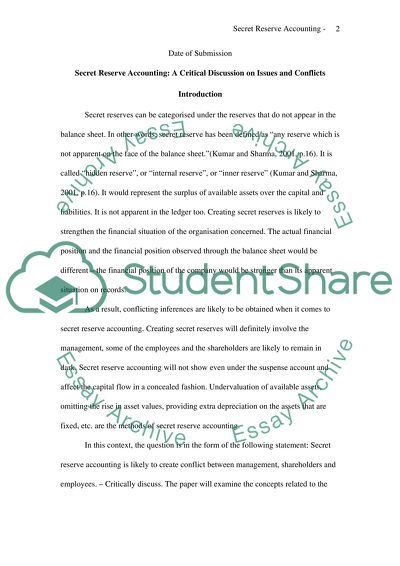Cite this document
(“Secret reserve accounting is likely to create conflict between Essay”, n.d.)
Retrieved from https://studentshare.org/environmental-studies/1412770-secret-reserve-accounting-is-likely-to-create
Retrieved from https://studentshare.org/environmental-studies/1412770-secret-reserve-accounting-is-likely-to-create
(Secret Reserve Accounting Is Likely to Create Conflict Between Essay)
https://studentshare.org/environmental-studies/1412770-secret-reserve-accounting-is-likely-to-create.
https://studentshare.org/environmental-studies/1412770-secret-reserve-accounting-is-likely-to-create.
“Secret Reserve Accounting Is Likely to Create Conflict Between Essay”, n.d. https://studentshare.org/environmental-studies/1412770-secret-reserve-accounting-is-likely-to-create.


